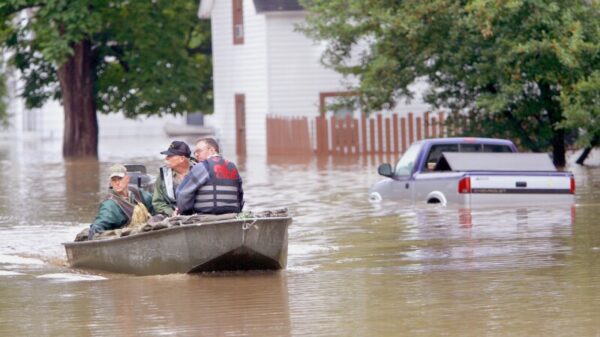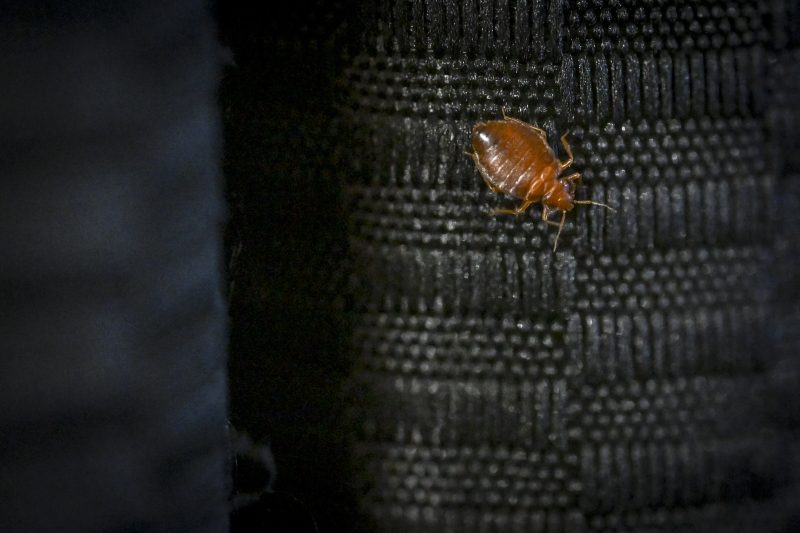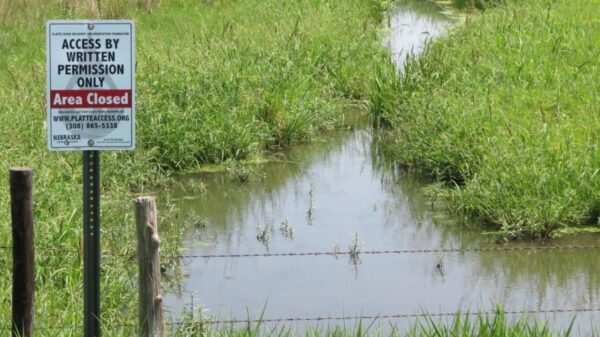UPDATE: Bed bug infestations are surging across the United States, causing alarm among health officials and residents alike. The Centers for Disease Control and Prevention (CDC) reports that while these pests do not transmit diseases, their bites can lead to significant discomfort and distress.
Bed bugs, small and flat with a reddish-brown hue, are challenging to spot but notorious for their painful bites. Roughly the size of Lincoln’s head on a penny, they thrive on human blood. The latest data suggests that infestations are becoming increasingly common, and experts are urging immediate action to combat this growing problem.
According to the CDC, bed bug bites typically result in itchy, swollen marks that may resemble mosquito or flea bites. Victims often do not notice the bites until one to several days later, creating a distressing situation that can lead to sleepless nights and secondary skin infections from scratching.
Residents are advised to take swift action if they suspect a bed bug infestation. The Environmental Protection Agency (EPA) recommends contacting a pest control company experienced in treating these invasive pests. Effective treatments include insecticides specifically designed for bed bugs.
In the interim, you can implement several preventive measures:
– Seal small crevices where bed bugs might hide with caulk.
– Dispose of infested items by sealing them in plastic bags.
– Utilize protective covers for mattresses.
– Use a clothes dryer to kill bed bugs present in laundry or closets.
– Regularly vacuum affected areas to reduce the population.
For those seeking immediate relief from skin irritation, the CDC suggests applying anti-itch cream to the affected areas.
As these infestations continue to rise, it is vital for individuals to remain vigilant and proactive. The urgency of the situation is underscored by reports from pest control professionals witnessing an uptick in calls for bed bug treatments.
Stay informed and protect yourself and your loved ones from these unwelcome pests. Check local pest control services and follow the CDC and EPA guidelines to mitigate the risk of infestation.
For more detailed guidance, visit the EPA’s official website for an at-home step-by-step guide to treating bed bugs. This is a developing story, and we will continue to provide updates as more information becomes available.



























































